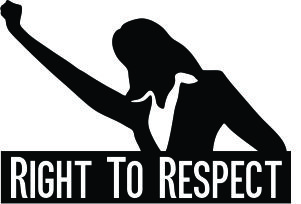This article looks at the 5 best practices for preventing workplace harassment. By training supervisors on these practices, employers and owners can prevent workplace harassment from ever happening.
Harassment is a type of employment discrimination and it violates Title VII of the Civil Rights Act of 1964. Harassment is any unwelcome conduct that is offensive or that creates a hostile work environment.
According to EEOC, the number of workplace harassment charges have increased in the last few years. Additionally, retaliations is the most frequent reason for charges filed. Retaliation occurs when employees are fired, demoted or harassed for filing a charge of harassment, complaining about harassment, or participating in an investigation.
Polices on harassment are not enough, supervisors must go through training so that they know their responsibilities and their legal rights.
A workplace commitment to training is important. For supervisors, training needs to be repeated every two years. For new hires or newly promoted supervisors, training must take place sometime within 6 months of being a supervisor.
Here are the 5 best practices for preventing workplace harassment:
- The training takes the federal, state, and local city laws into account.
- The training should go beyond sexual harassment prevention education. It should include all aspects of workplace harassment and workplace discrimination. Does the training cover harassment based on race, color, religion, pregnancy, sex, national origin, age, disability, or genetic information?
- Does your training reflect modern times? Does it cover social media and online harassment, bullying and violence, LGBT issues, and religious discrimination? Does it cover the First Amendment’s freedom of speech in regards to private businesses?
- Does the training cover respect and disrespect in the workplace environment? Does it define terms and give examples of unwelcome verbal and physical behaviors? Does it explain the importance of a diverse workplace?
- Education on retaliation is so important. It should be made clear to supervisors and employers that retaliation is illegal. Most companies have no tolerance policies when it comes to unlawful retaliation. Most charges filed, according to the EEOC, were due to supervisors retaliating against employees for filing claims of harassment or for investigating issues of harassment. Training should outline the correct way for supervisors to respond to complaints.















Comments